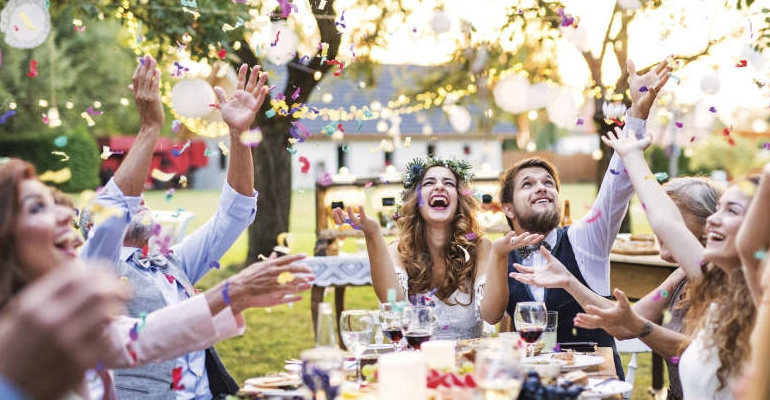
Keen to know the history of your bridal party, of who does what and how they came to do it? Sara Whatley discovers the evolution of wedding personnel
Weddings are steeped in tradition, many of which have misty roots and no clear history. Suggestions of where these traditions come from have been gathered and told by many, then handed down through successive generations. Here we look at the traditions of the wedding party.
Traditions came about for good reason, but it’s important to remember that times have changed, and the modern marriage might require a new way of thinking. It’s fun to find out about the old ways though!
BEST MAN
Back when grooms sometimes had to kidnap their brides from her family if they disapproved of the union, the best man was essential protection for the groom. If vengeful family members came looking for him, he had to be the ‘best’ man, as in the best with a sword or other weapon in order to keep the groom as safe as possible. The best man also had to keep close by the bride’s side to keep her from escaping if she was an unwilling bride, or to prevent other potential suitors taking her. The role of the best man today has changed, but the element of support and protection for the groom still remains, although not so violently. Today’s best man organises the stag do, delivers a cracking speech, looks after the rings, helps choose the suits, walks in with the groom and stands by him during the ceremony, generally ensuring the wedding goes without a hitch.
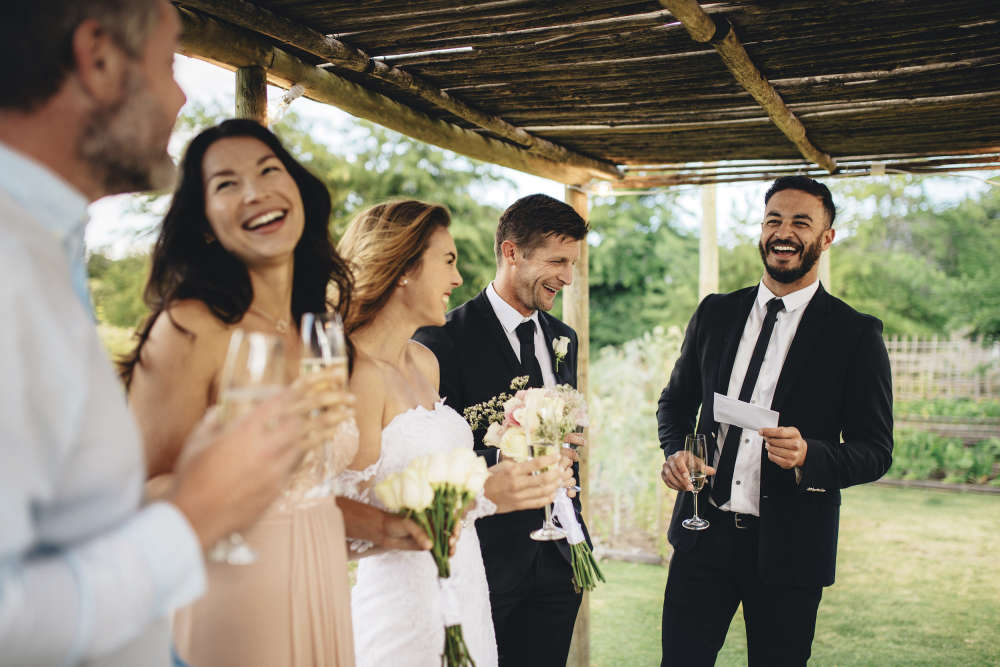
MAID OR MATRON OF HONOUR
The maid (or matron if they are married) of honour traditionally made sure the bridal wreath was made and helped the bride get ready for her big day. The maid of honour was supposed to be someone the bride could look up to and aspire to be. Today the maid of honour or the chief bridesmaid still holds the same duties of making sure the bride is ready for the big day; helping with the wedding dress, hair, makeup and flowers, and organising the other bridesmaids. She also arranges the hen party, helps with the wedding planning, offers emotional support for the bride, holds the bride’s bouquet, sometimes makes a speech, and all importantly she prepares the bridal chamber ready for the bride and groom to retire to.
BRIDESMAIDS
A gorgeous gaggle of bridesmaids floating around the bride on her wedding day is a classic wedding image. Dressed in colourful complimentary dresses to a stunning wedding dress ensures the bridesmaids will not be mistaken for the bride, or indeed outshine her on her special day. This was not always the case, however. Bridesmaids used to be dressed the same as the bride, all in white and veils. This strange tradition was meant to confuse evil spirits and vengeful exes or lovers. The identikit party of bride and bridesmaids would journey from the bride’s village to the groom’s village for the union. On the way the bridesmaids protected the bride from any vengeful persons wanting to steal the bride’s dowry.
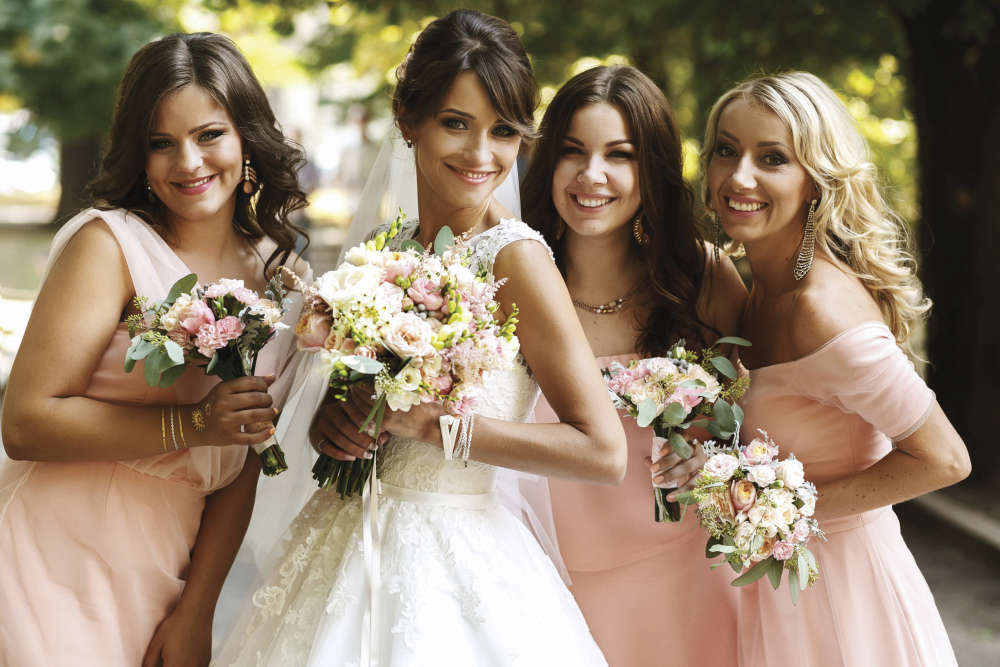
FLOWER GIRLS AND RING BEARERS
What is sweeter than a tiny flower girl and ring bearer wobbling their way down the aisle before the blushing bride? Traditionally, having children included in the wedding symbolised the hoped-for fertility of the bride and groom. Children act as good luck charms, helping to ensure the newlyweds have no trouble conceiving. The flower girl originally scattered grains and herbs, and nowadays petals, often rose petals, which pave the bride’s journey to a married life on a sweet smelling carpet.
It is said wedding rings used to be carried on the tip of a sword, which was then replaced with a pillow – pillows were a symbol of a wealthy family. Having a little ring bearer still represents the wished for fertility and also innocence and a new future for the couple. Ring bearers of today still carry rings, often on pillows, down the aisle, although sometimes they are stand-in rings with the real precious metal in the safe hands of the best man.
FATHER OF THE BRIDE
Traditionally, the father of the bride giving his daughter away was more of a transaction than an act of love. Women ‘belonged’ to men, firstly her father and then her husband, and so her father handing her over was literally handing over her ownership. The father would walk his daughter into the church and down the aisle then hand over the ‘property’ to the waiting groom at the altar.
Thankfully, the arcane tradition of transaction has faded away. Many brides still wish to be walked down the aisle by their father, but it is more of an act of support and love rather than a handing over of ownership.
Some brides ask both parents to accompany them towards their future spouse. The traditional wording goes, “Who brings this woman to be married to this man?” but can be adapted to suit all eventualities. Parents can answer in unison “We do” or the entire wording can be changed.
Some brides choose to walk down the aisle by the side of their partner, or perhaps to meet them halfway. And some opt for the all-powerful walking towards their future on their own.
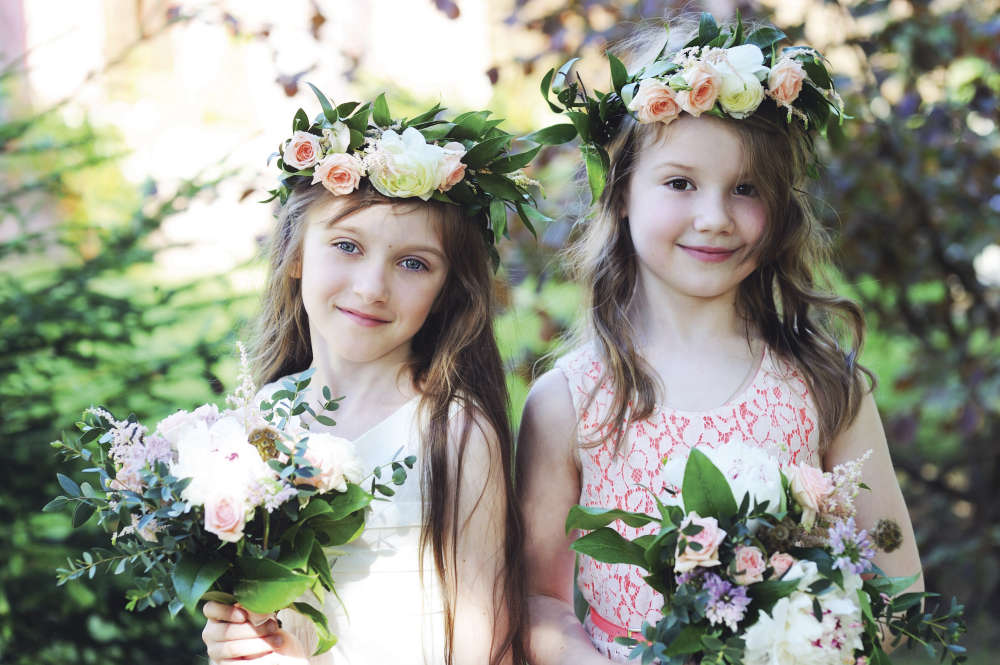

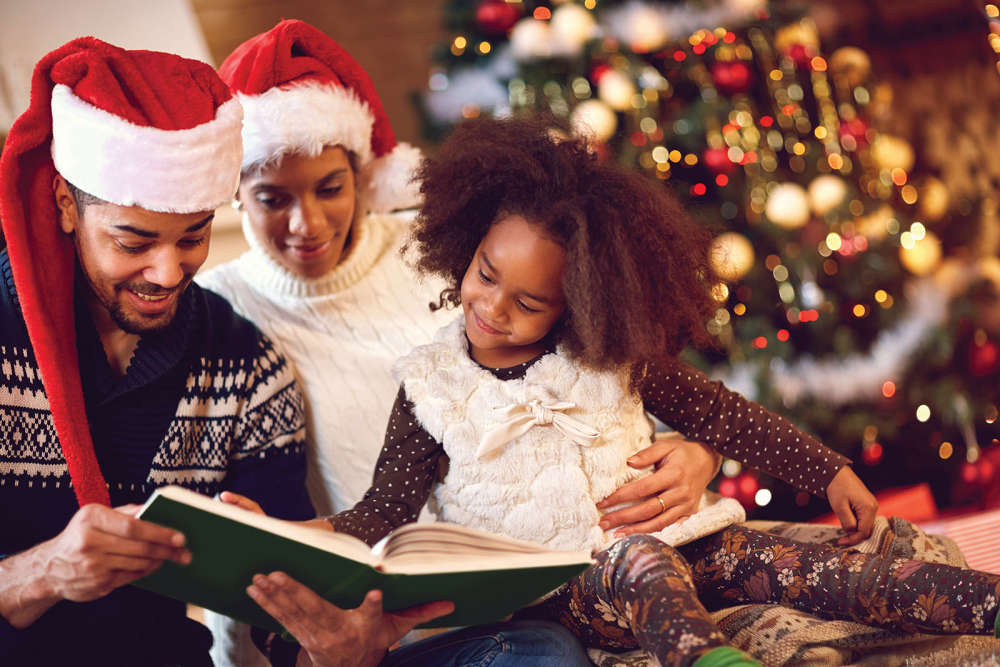 December Book Reviews
December Book Reviews
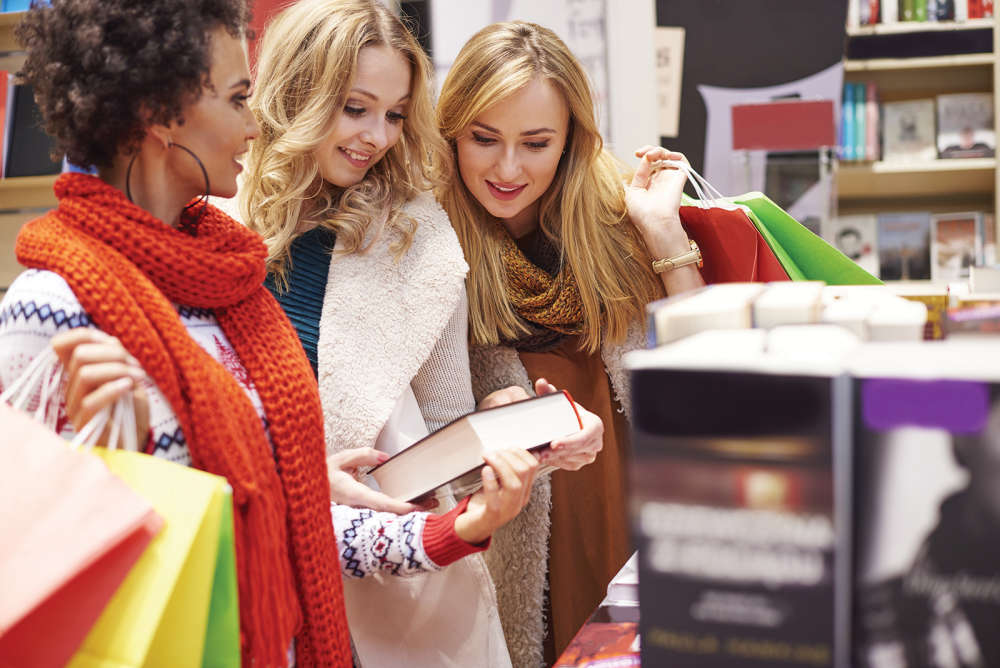 If You Ask Me: Flo’s Virtual Bookshop
If You Ask Me: Flo’s Virtual Bookshop
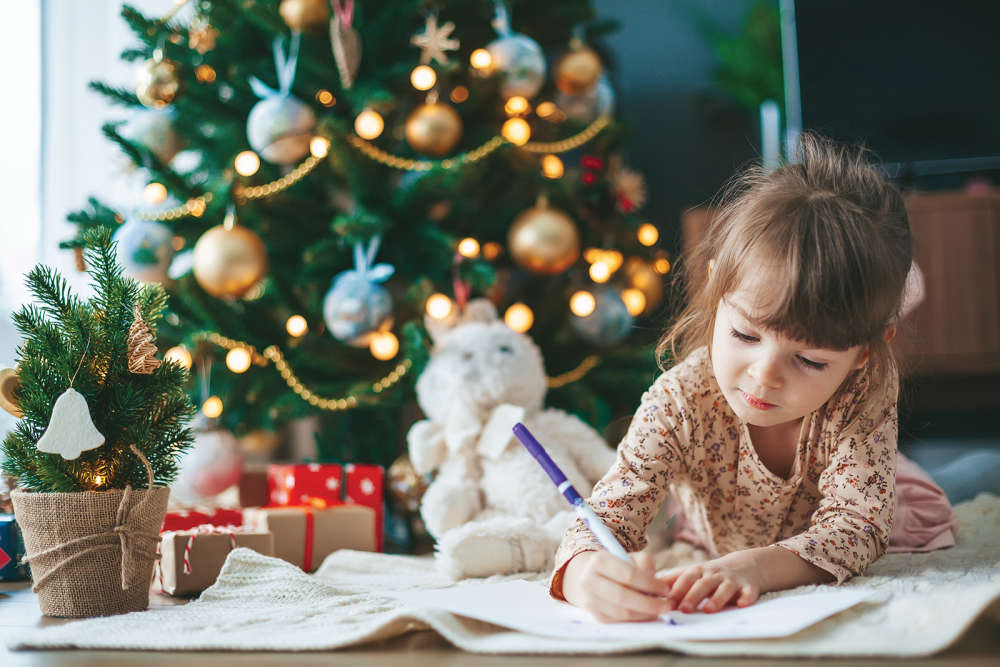 Kids Zone: Christmas Traditions
Kids Zone: Christmas Traditions
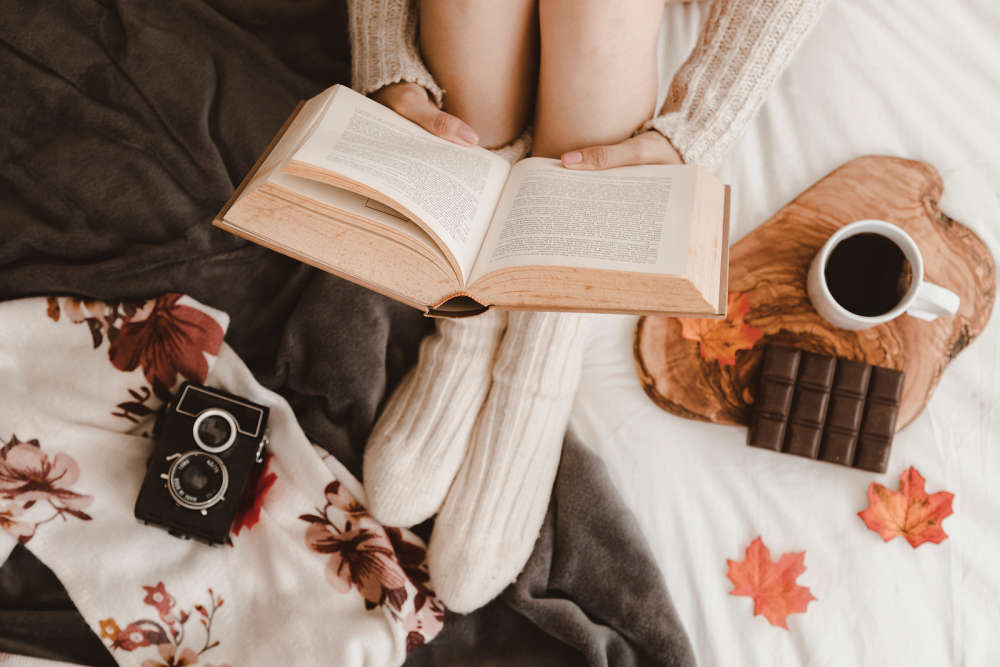 Book Reviews: November Novels... and more!
Book Reviews: November Novels... and more!
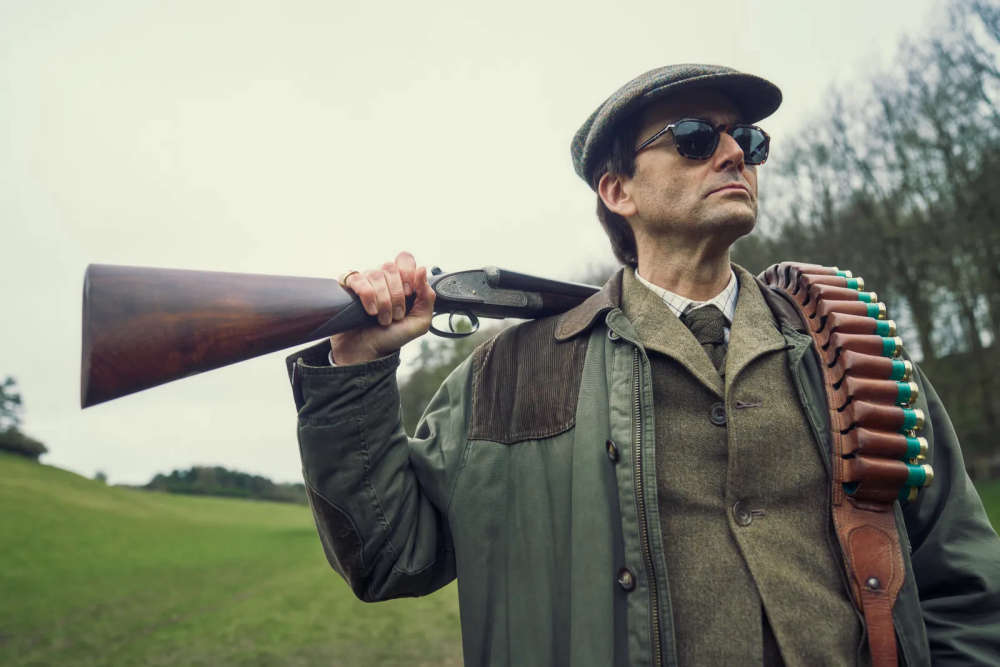 What to Watch in October 2024
What to Watch in October 2024
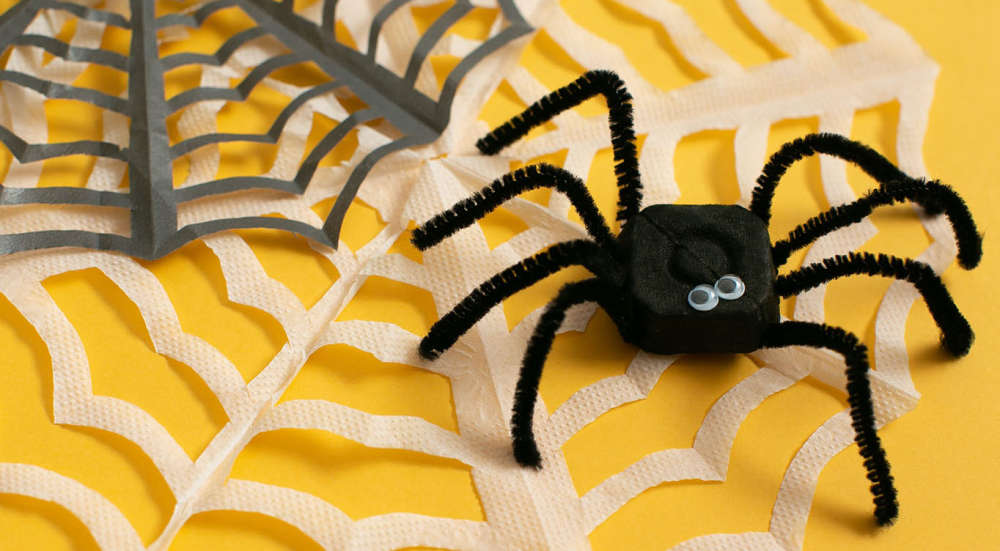 Kids Zone: Spooky Spider's Webs
Kids Zone: Spooky Spider's Webs
 If You Ask Me: Humanity's Greatest Invention
If You Ask Me: Humanity's Greatest Invention
 If You Ask Me: A Desert Island Drag
If You Ask Me: A Desert Island Drag
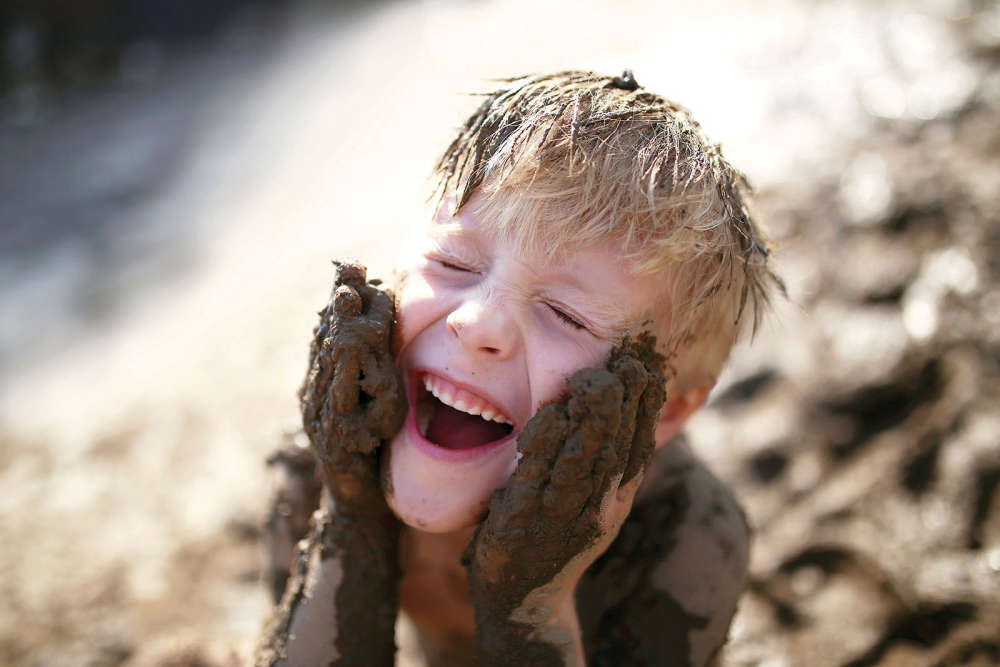 Kids Zone: Mud Kitchens
Kids Zone: Mud Kitchens
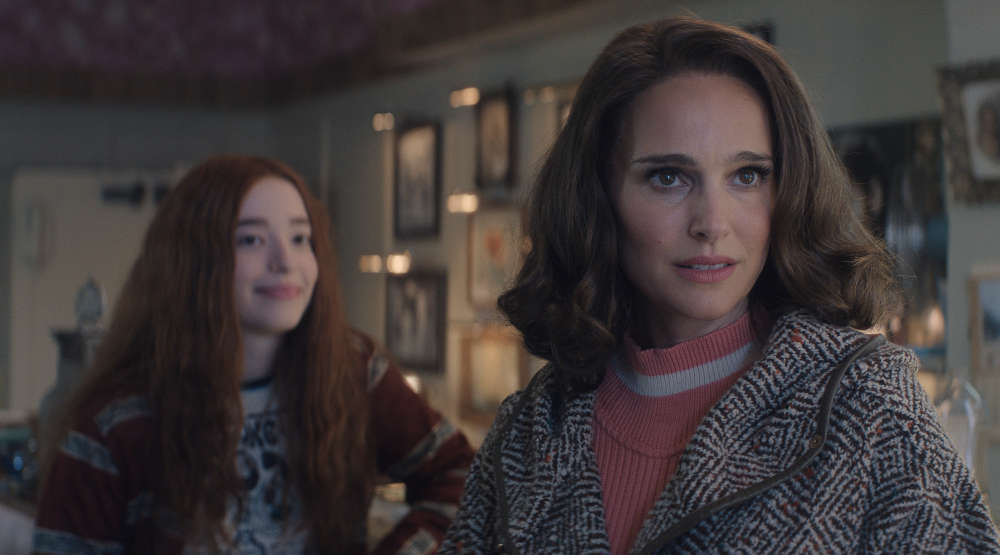 What to Watch in July 2024
What to Watch in July 2024
 Kids Zone: Ice Block Treasure Hunt!
Kids Zone: Ice Block Treasure Hunt!
 What to Watch in June 2024
What to Watch in June 2024
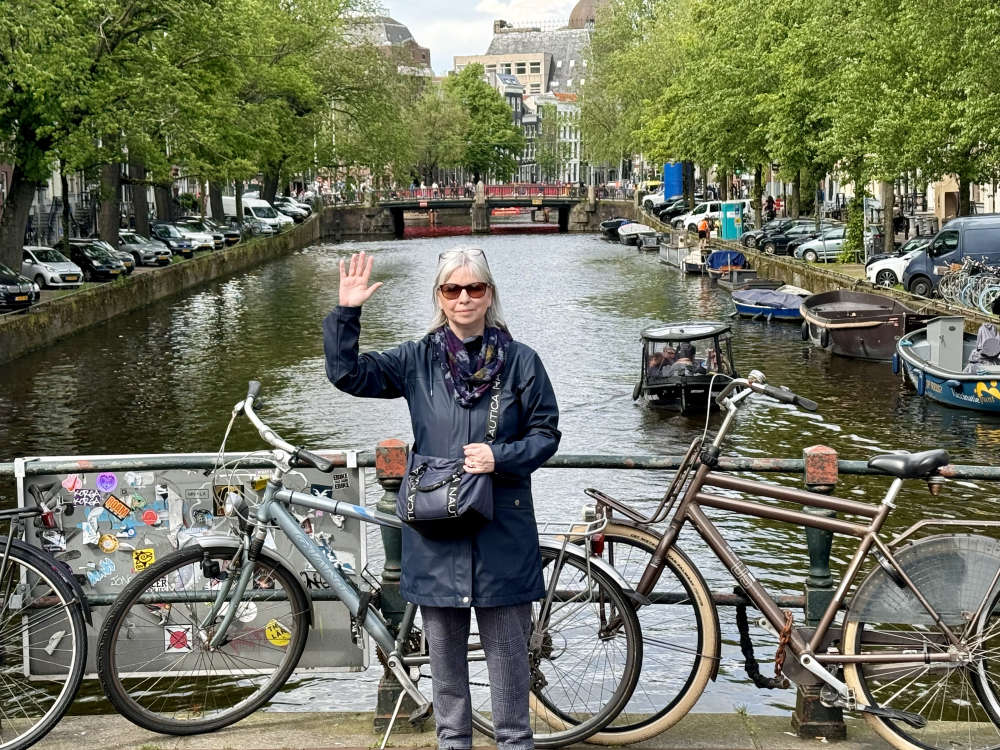 A Gourmet Escape on the Eurostar: London to Amsterdam with Culinary Delights in Almere
A Gourmet Escape on the Eurostar: London to Amsterdam with Culinary Delights in Almere
 If You Ask Me: Train Announcements Have Gone Off the Rails
If You Ask Me: Train Announcements Have Gone Off the Rails
 If You Ask Me... Never Argue with an Idiot
If You Ask Me... Never Argue with an Idiot
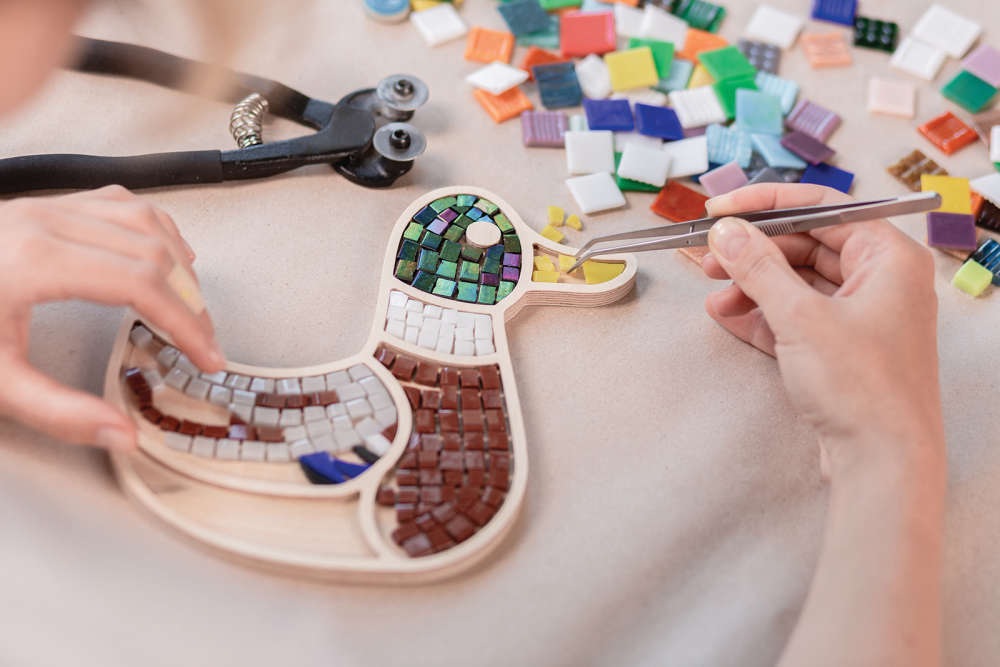 Kids Zone: Mosaic Art
Kids Zone: Mosaic Art
 What to Watch in April 2024
What to Watch in April 2024
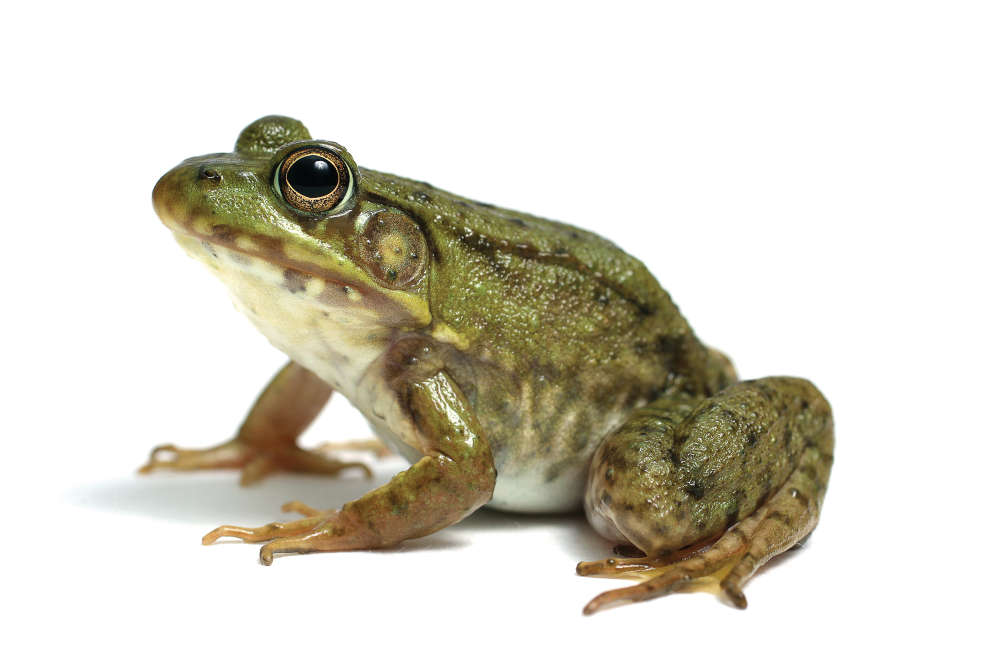 If You Ask Me: The Jobsworth and the Frog
If You Ask Me: The Jobsworth and the Frog
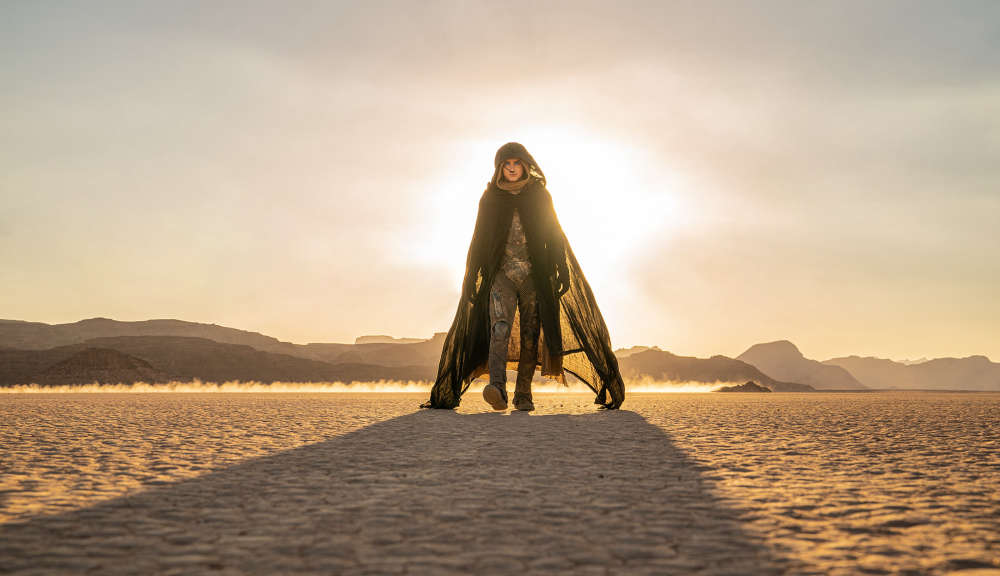 What to Watch in March 2024
What to Watch in March 2024
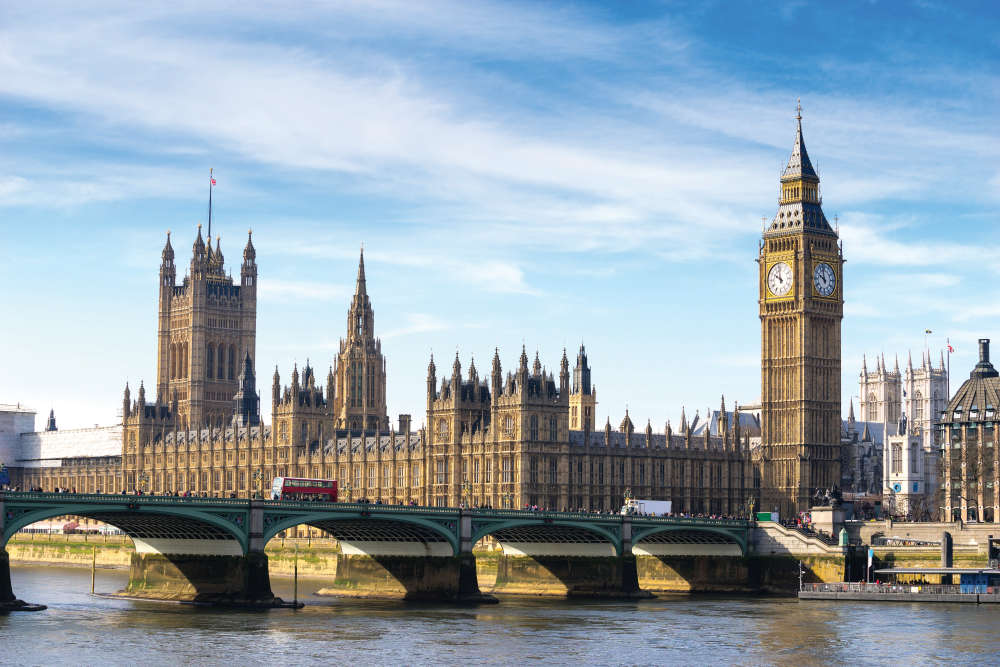 If You Ask Me... Politicians need a Translator
If You Ask Me... Politicians need a Translator